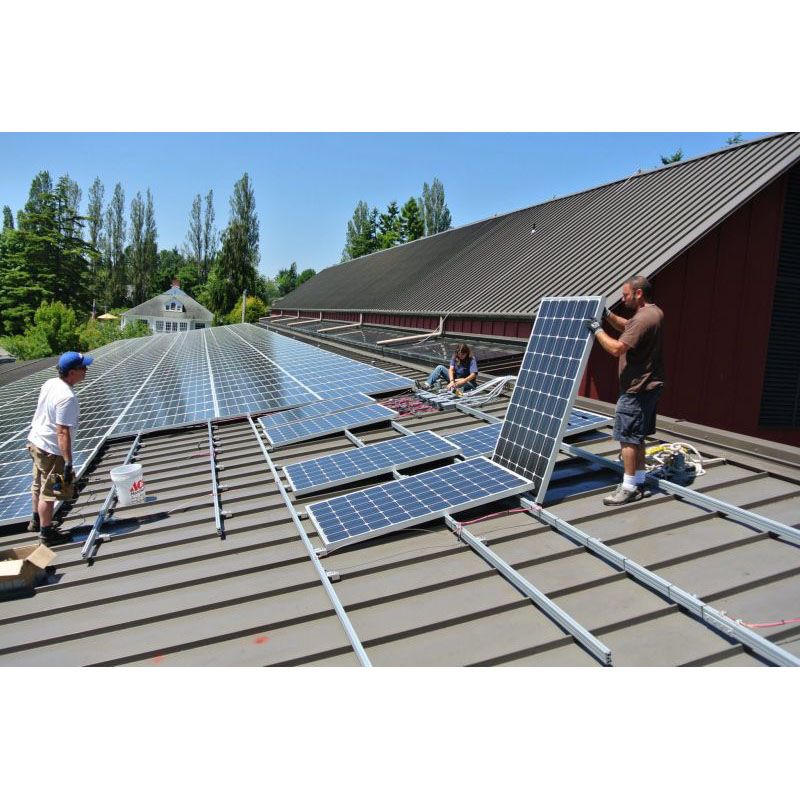Navigating the Heights: Considerations and Challenges in Installing Solar Mounts on Metal Roofs
2024-02-02
Introduction:
As the popularity of solar energy continues to rise, so does the demand for versatile and efficient solar panel installations. Metal roofs, known for their durability and energy-efficient properties, are increasingly becoming a preferred substrate for solar panels. However, the installation of solar mounts on metal roofs presents specific considerations and challenges that require careful attention. In this blog post, we explore the unique aspects of installing solar mounts on metal roofs and how to overcome potential challenges.
1. Clamp-on Systems:
One of the distinctive features of solar panel installations on metal roofs is the frequent use of clamp-on systems. Unlike other roofing materials, metal roofs often feature seams or ribs that can be utilized for secure clamping. This approach minimizes the need for roof penetrations, preserving the waterproof integrity of the metal roof. However, the compatibility of the clamp system with the specific metal roof profile must be considered during the planning phase.
2. Metal Roof Profiles:
Metal roofs come in various profiles, including standing seam, corrugated, and ribbed designs. Each profile poses unique challenges and requires specialized mounting solutions. Installers must carefully match the solar mounting system to the specific profile of the metal roof to ensure a secure fit and prevent any potential issues such as slippage or misalignment.
3. Weight Distribution:
While metal roofs are generally lightweight, the weight distribution of solar panels must be carefully managed during installation. Solar mounts need to be designed to evenly distribute the weight across the metal roof structure to avoid concentrated loads that could compromise its integrity. Proper weight distribution is crucial for the long-term stability and safety of the solar panel system.
4. Thermal Expansion:
Metal roofs are known for their thermal expansion and contraction in response to temperature fluctuations. Solar mounts must accommodate this movement to prevent damage to both the solar panels and the roof itself. Flexible mounting systems or expansion joints may be incorporated to allow for thermal changes without putting excessive stress on the mounting hardware or the roof structure.
5. Corrosion Resistance:
Metal roofs are often chosen for their resistance to corrosion. However, it's essential to ensure that the solar mounting system is also corrosion-resistant. This is particularly important as exposure to the elements over time could lead to degradation of the mounting hardware. Choosing high-quality, corrosion-resistant materials is crucial for the longevity of the solar panel installation.
Conclusion:
Installing solar mounts on metal roofs comes with its set of considerations and challenges, but with careful planning and attention to detail, these hurdles can be overcome. The use of clamp-on systems, understanding metal roof profiles, managing weight distribution, accounting for thermal expansion, and prioritizing corrosion resistance are all critical aspects of a successful solar panel installation on metal roofs. As solar technology advances, staying informed about these considerations will contribute to the continued growth of sustainable energy solutions on a variety of roofing materials, including the robust and resilient metal roof.



